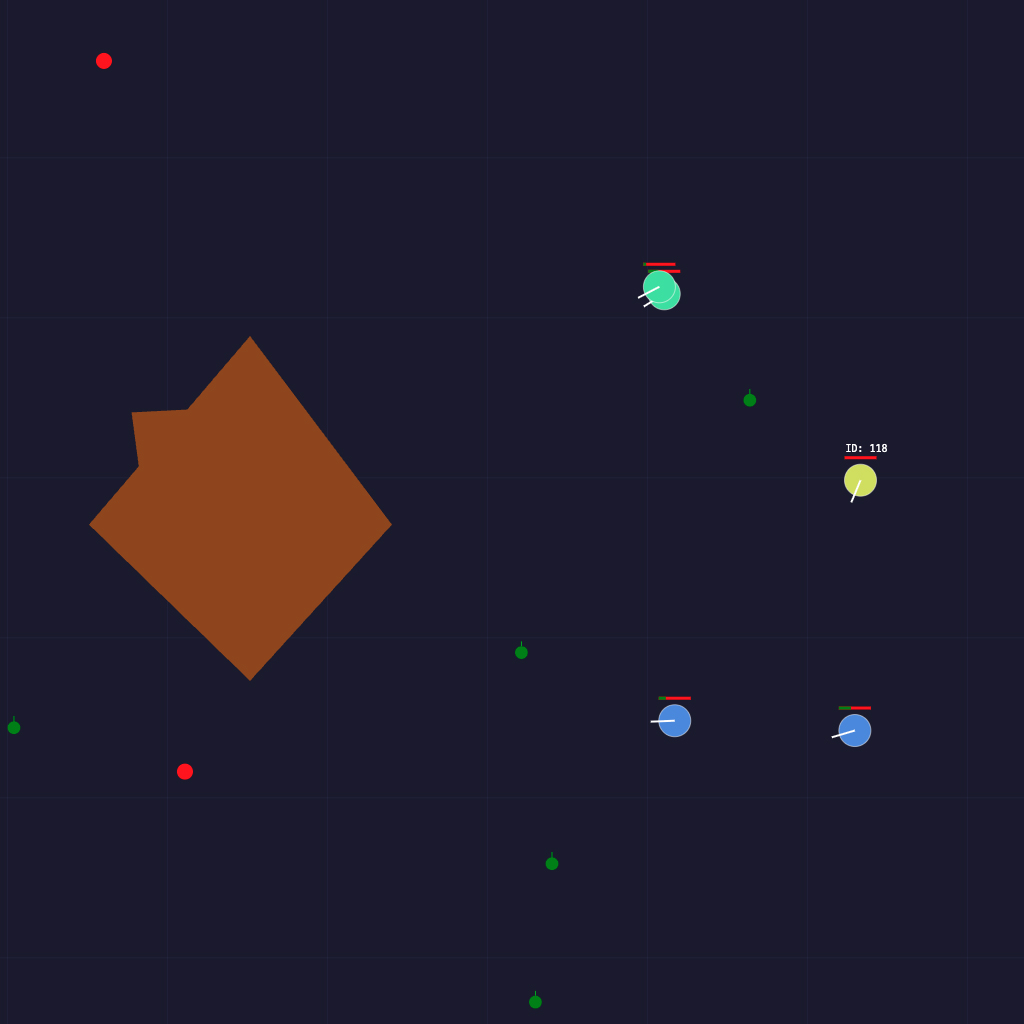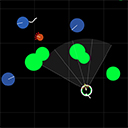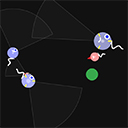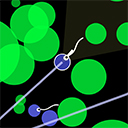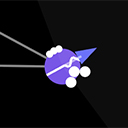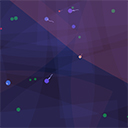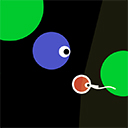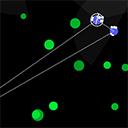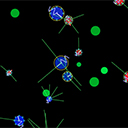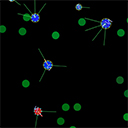Evolving Protozoan Simulation
Vibe Coded using Anthropic Claude 3.7 Extended, John Craig Freeman, 2025
Prompt:
Write HTML for an Evolving Protozoa Simulation.
All cells must move around the entire simulation stage freely.
Start simulation when page is loaded and fill the browser window.
Beyond the bounds of max zoom out, simulation space tiles, left picks up on right side, right picks up on left side, top picks up on bottom side, and bottom picks up on top side,
Simulation has two types, predators and prey.
For predators, use different shades of red-orange based on the number of Cell Functions.
For prey, use different shades of blue-violet based on the number of Cell Functions.
Both prey and predators live and die overtime.
Both prey and predators breed when two of the same collide.
Plant based food is shades of green, eaten by prey, grows over time.
Meat based food is shades of red, dead cells, eaten by predators.
Cell Functions are randomly assigned to each new cell.
Cell Functions include:
• Flagellum (allows faster and more agile movement for hunting and avoiding being killed, more common in predators) please animate the Flagellum indicator.
• Spike (allows kill, more common in predators).
• Photoreceptors (allows predators to hunt and find prey, allows prey to avoid predators) please add retina to Photoreceptors.
• Phagocytosis Receptors (allows cell to eat).
• Adhesion (allows cells to join and share cell function, most common in prey).
Vary per cell evolve based on level of success:
Retina FOV.
Size: predators = small, prey = big.
Speed: predators = fast, prey = slow.
Cells can be tracked by clicking on them.
Display neural networks UI field.
When user zooms in, neural networks are displayed in individual cells and multicellular organisms.
